Tacos! Pizza! Pasta! Whether they’re for a weeknight dinner or a celebratory gathering, these meals tend to rise to the top of many people’s favorites list. After all, they’re easy to prepare, and their cheesy, bready, salty qualities are hard to resist.
Which is, of course, exactly what’s problematic about them. These dinnertime go-tos are not only predictable and uninspiring; they’re dietary duds. More often than not, they’re composed of nutritionally void, overly processed simple carbohydrates as well as low-quality proteins and additive-packed commercial sauces and spices. Fresh vegetables? Few and far between.
“The end result is a meal that leaves you feeling not so marvelous afterward and does little to promote lasting health,” says dietitian Maggie Ward, MS, RD, LDN, nutrition director at the UltraWellness Center in Lenox, Mass.
But it’s not hard to put a healthier spin on these favorites. They’re incredibly versatile: Shells, crusts, and noodles can shape-shift into nutrient-dense carriers for all kinds of flavorful, nutritious toppings. So we invited Ward and two fellow cooking and nutrition experts to share their ideas for transforming these dinnertime standards into nourishing whole-food eating experiences.
Their words of wisdom: Focus on high-quality ingredients, think a bit outside the box in terms of flavors and textures, and don’t forget an extra helping of veggies.
Tacos
Taco night presents all kinds of opportunities to improvise and improve the nutritional quality of these favorites, says Melissa Joulwan, author of the Well Fed cookbook series. To remix this classic, Joulwan advises steering clear of “taco-in-a-box” kits and letting fresh ingredients take center stage. Tacos become a healthy choice, she explains, when you stuff them with good carbs, high-quality fats and proteins, and nutrient-dense veggies. Plus, they’ll taste great. “The best tacos are an explosion of complementary and contrasting flavors, textures, and colors,” she says.
Before
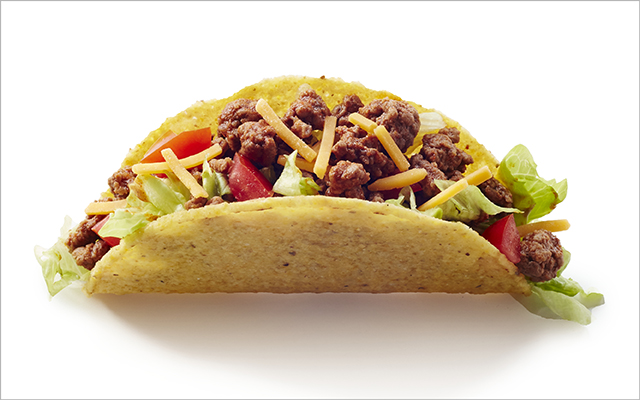
- Mass-produced shells or tortillas. Usually made from refined white flour or genetically modified corn, these simple carbs offer precious few nutrients. They also tend to include hydrogenated oils and other lackluster industrial fats.
- Iceberg lettuce. Other than water and fiber, there’s not much happening here nutritionally.
- Grain-fed ground beef. Cows fed a diet of grains produce meat high in inflammatory omega-6 fatty acids. Feedlot cows are also often given growth hormones and subtherapeutic antibiotics, which can have detrimental downstream effects on human health.
- Spice packets and pre-shredded cheese. Packet seasonings and jarred salsas typically feature lots of additives, preservatives, extra sodium, and even sugar. And those bags of shredded cheese? They often contain cellulose — wood pulp — as an anticaking agent.
After: Better Wraps
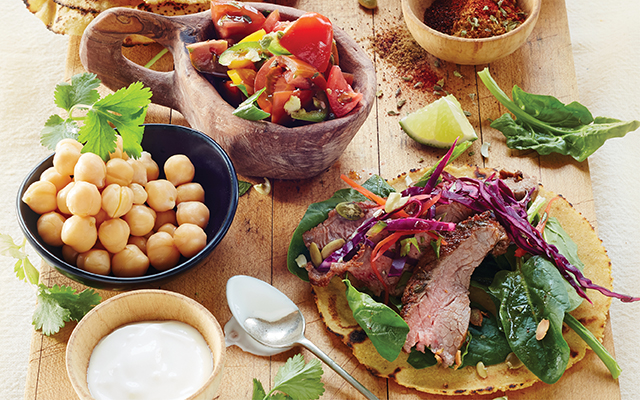
- Buy (or make) fresh, soft corn tortillas with non-GMO ground corn (masa), water, lime, and salt. These can provide twice as much fiber as white-flour tortillas, as well as antioxidants including vision-protecting lutein. They’re also easier to digest for those who are sensitive to gluten.
- Skip the tortillas altogether and build your tacos with butter lettuce or lightly steamed collard greens. They are great sources of bone-building vitamin K and digestion-promoting fiber, plus minerals your body needs to function optimally.
- Prefer tostadas? Joulwan likes thin slices of inulin-rich jicama as crunchy stand-ins for fried corn taco shells. Inulin helps you absorb calcium from other foods; it also helps feed the good bacteria in your gut, supporting colon and immune health.
Protein Playlist
- Choose grassfed ground beef or steak for a higher dose of omega-3 -essential fatty acids.
- Change things up with mineral-rich pork tenderloin or chicken thighs, ground lamb (high in vitamin B12), or wild salmon or Pacific halibut (rich in omega-3 fatty acids).
- Add scrambled eggs for a breakfast vibe and a dose of vitamin D.
- Try crumbled tempeh or canned legumes like black beans or chickpeas packed in BPA-free cans for a vegetarian option.
Jazzy Toppings
- Make your own antioxidant-rich salsa. Toss together Roma or cherry tomatoes, bell pepper, and white onion, plus a metabolism-boosting serrano pepper. Add fresh herbs like cilantro, basil, or mint, and a hit of lime juice.
- Mix up your seasonings. Make your own spice blend with pantry basics like cumin, chili powder, smoked paprika, and dried oregano. Create your own meat marinade with lime juice, garlic, and cilantro.
- Pile on textures and flavors. Joulwan likes pickled red cabbage, jalapeños, and carrots for an acidic snap; crunchy roasted pepitas that offer plenty of magnesium; and sliced pineapple or other fruit for sweetness and immune-supporting vitamin C.
- Toss on a handful of dark leafy greens like baby spinach to boost nutrition and flavor.
- Top with fresh avocado or guacamole for healthy fat, and belly-friendly plain Greek yogurt (preferably whole fat) for an extra dab of protein.
Pasta
If you’ve ever felt like crawling into bed after a big pasta dinner, you’ll appreciate this makeover. Holistic dietitian Michelle Babb, MS, RD, CD, author of Anti-Inflammatory Eating for a Happy, Healthy Brain, raves about all the ways to reenergize this classic dish, including using veggie-based noodles, well-chosen sauces, and clean protein. “Adding more fresh, whole foods with different tastes and textures will leave you feeling more satisfied and balanced, and less lethargic.”
Before
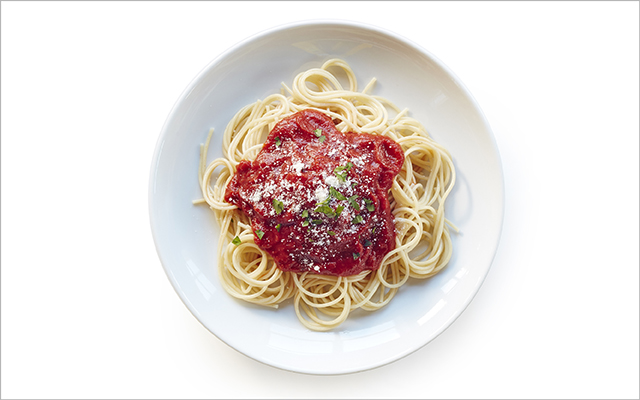
- White pasta. Fast digesting, processed white-flour pasta is light on nutrients and can leave you feeling heavy and dull.
- Sugary, salty red sauce. Added sugar and salt trigger the pleasure centers in our brains, making us crave more than our bodies can handle.
- Low-quality ground beef. Cattle raised in CAFOs (concentrated animal feeding operations) face crowded, unsanitary conditions, which translate to health concerns for you, including antibiotic resistance and foodborne illness.
- Powdered Parmesan. As with bagged shredded cheese, powdered Parmesan will likely add a surprising dose of cellulose — used as a filler and anticaking agent — to your noodles.
- Missing veggies. Unless you make a salad or a vegetable side dish, pasta dinners tend to be thin on the fresh produce.
After: Noodle Swaps

- Amp up your veggie consumption with spiralizer “noodles” made from sweet potatoes, zucchini, or parsnips. You’ll boost the nutrition profile and cut back on refined carbs. (For a recipe, see “Zucchini Noodles With Avocado Sauce“.)
- Try spaghetti squash in place of pasta noodles. The cooked flesh pulls apart into noodle-like strands that are rich in immune-system-friendly vitamin C.
- Swap in soba, nutty-tasting and quick-cooking Japanese-style noodles made with 100 percent buckwheat. Other gluten-free pastas are made from brown rice, millet, quinoa, and even legumes.
Singular Sauces
- Make your own red sauce by blending canned San Marzano tomatoes with oregano and metabolism-boosting paprika. Add a dash of acid like red-wine vinegar and a touch of olive oil to improve your absorption of tomatoes’ lycopene.
- Aim for minimal ingredients in store-bought sauces, advises Babb. The ingredients list should include little more than tomatoes, aromatics like phytonutrient-heavy onion and garlic, and spices. Pass on the sugar.
- Go green with pesto — it’s a great way to get more antioxidant-rich basil and anti-inflammatory olive oil into your meal. (Try this Basil Almond Pesto recipe.)
Power Protein
- Choose grassfed ground beef or bison, which are nutritionally superior to industrial beef. Or try pasture-raised ground turkey or chicken; dark meat has extra flavor and nutrients like taurine, which may have cardiovascular benefits.
- Try smoked mackerel, canned sardines, or cooked mussels for a shot of heart-friendly omega-3 fats.
- Go vegetarian by making a batch of “meatballs” with walnuts or beans.
- Select freshly grated high-quality Parmesan or pecorino cheese, which provides umami flavor without the unwanted additives in the powdered form.
Veggie Vibe
- Incorporate sautéed veggies into your sauce — eggplant (for minerals like copper and potassium), broccoli (for folate and calcium), fennel (for vitamin C), mushrooms (a good source of B vitamins), asparagus (especially high in vitamin K), or carrots (for beta-carotene).
- Toss in a few handfuls of arugula or baby greens like kale just before serving for a fresh and healthy dose of antioxidants.
Pizza
Great pizza is the sum of great toppings, says Maggie Ward. And when you make it yourself, you can assemble quality ingredients and fine-tune the nutritional profile you desire. “Plus, incorporating fresh veggies and some good-quality protein will add texture and flavor that bring pizza to a new level of nutrition and enjoyment,” she says.
Before
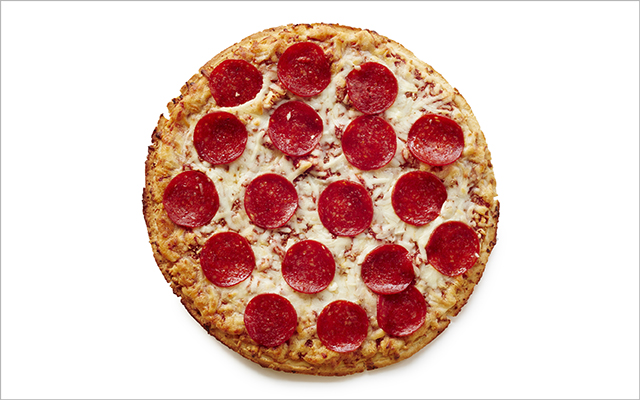
- White-flour crust. “Once a grain is in the form of flour — especially refined white flour — it will rapidly raise blood sugar, which is not good for anyone,” explains Ward. Refined flour is also void of natural vitamins and minerals and full of unwanted ingredients, including preservatives.
- Processed meats. Pepperoni and sausage may be standard choices, but many widely available processed meats are loaded with preservatives and other unhealthy additives (including nitrates).
- Cheese bomb. Cheese delivers protein and calcium, but too much can turn this comfort food into discomfort food, particularly if you have trouble digesting lactose.
- Light on veggies. Unless you load up your veggie-lover’s pie, you’ll get a mere sprinkling of the phytonutrient-rich produce your body needs.
After: Creative Crust
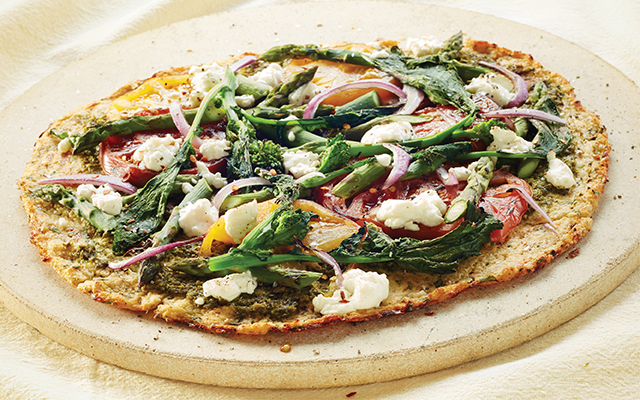
- Ditch the digestive distress and blood-sugar roller coaster by making a crisp, light cauliflower crust instead of using standard dough. (See “Cauliflower-Parmesan Crust With Bacon, Arugula, and Tomato” for a simple recipe.)
- Pile your pizza ingredients onto thick slices of fiber-boasting eggplant or into mineral-dense portabella mushroom caps.
- Make pizza boats by cutting a large zucchini in half, scooping out some of the insides, and baking it up loaded with your favorite toppings.
- Try a whole-grain, gluten-free crust mix for a more traditional texture minus the problems that come with white-flour crusts.
Super Sauce
- Choose a high-quality tomato sauce that’s rich in the antioxidant superstar lycopene. The heat of the canning process makes lycopene more bioavailable, so the tomatoes in tomato paste or pizza sauce actually deliver higher levels than fresh tomatoes. Buy glass-jar-packed sauces to avoid exposure to the BPA found in many canned products, and choose brands with simple ingredients — and without added sugar.
- Think beyond red sauce and spread your pizzas with antioxidant-rich basil pesto; tapenade or olive oil loaded with healthy fats and vitamin K; mashed sweet potatoes (a beta-carotene superstar); or even fiber-packed refried beans.
Better Toppings
- Replace processed meats like pepperoni with grassfed steak or ground bison for an iron boost, or opt for smoked wild salmon or nutrient-rich dark meat from chicken thighs. Crack a few eggs on your pizza about halfway through cooking for a shot of brain-boosting choline. For a vegetarian option, try crumbled fresh tempeh.
- Opt for quality over quantity when it comes to cheese. “With more flavorful cheeses, you need only a little to have delicious pizza,” says Ward. Select well-aged cheddar, Camembert, fresh mozzarella or ricotta, Gruyére, easily digestible raw sheep’s milk or goat cheese, or even nut cheeses.
- Crank up the veggie volume with broccoli rabe (high in vitamin K), caramelized onions (with anti-inflammatory flavonoids), radicchio (featuring antioxidant lutein), or fennel (delivering fiber and potassium). Sweeten things up with vitamin C–rich Peppadew peppers, sliced figs, or apples. Once it’s out of the oven, make your pizza sing by adding peppery arugula (rich in anticancer antioxidants), roasted chickpeas (for crunch and fiber), or chopped nuts or diced avocado (for healthy fat).
This originally appeared as “Dinner, Remixed” in the May 2017 print issue of Experience Life.

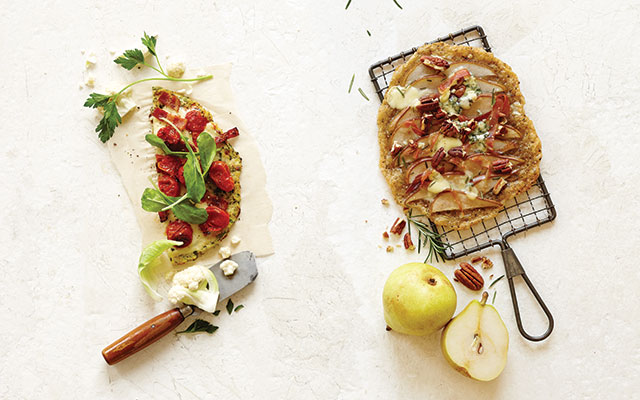
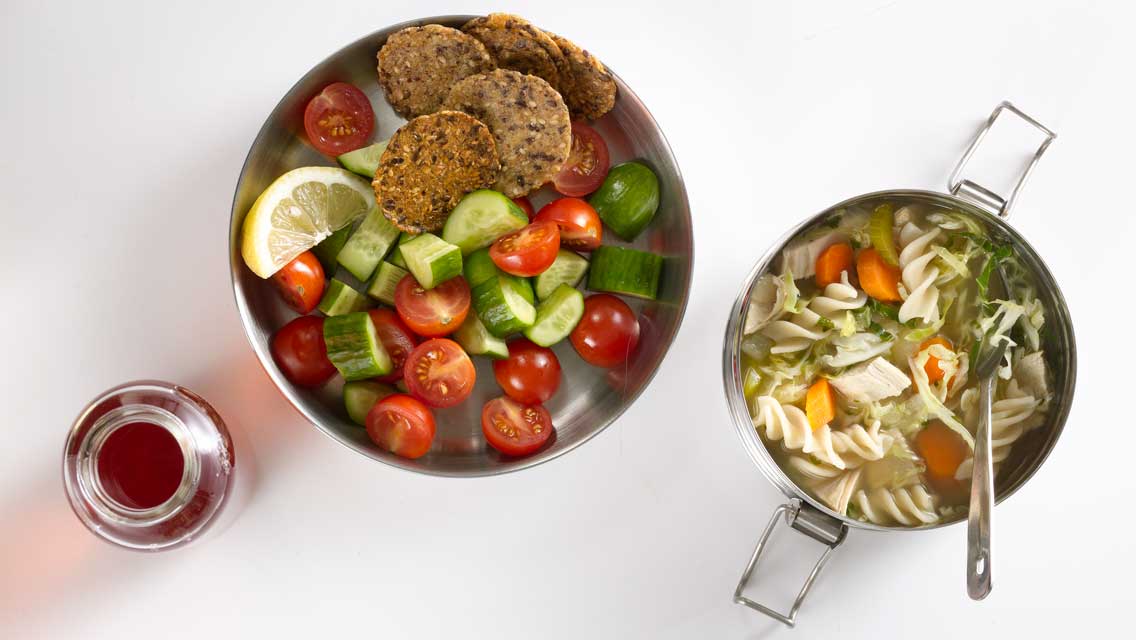
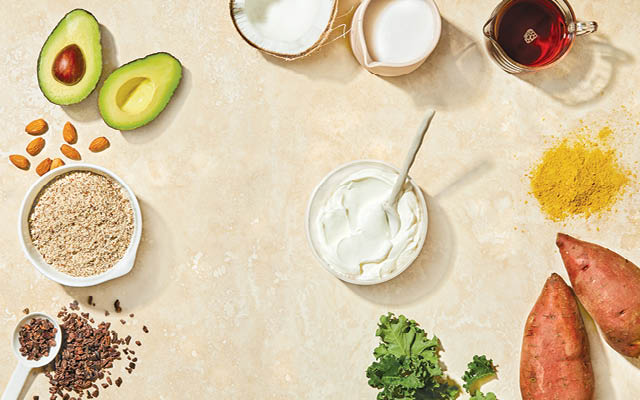
This Post Has 0 Comments